From its start in the 1950s, machine learning has reached a long way. It is today one of the most fascinating and quickly increasing disciplines of research, with numerous recent breakthroughs that are truly incredible.
In this blog article, we will look at some of the most astonishing recent Machine Learning developments and their potential influence on our life.
So, let's dive in! 🚀
Advancements of ML so far...
Generative Pre-trained Transformer 3 (GPT-3) 🤖
GPT-3 is one of the most widely discussed Machine Learning models in recent years.
It's a language model that's been trained on enormous amounts of data and can create human-like language. GPT-3 can write complete essays, poems, and even computer code.
The model has been trained to recognize the context of words and phrases, and it may be used to translate languages, answer questions, and build chatbots.
It has the potential to disrupt businesses such as content generation, marketing, customer service, and others.

AlphaFold 2 🧬
AlphaFold 2 is a deep learning model capable of predicting the 3D structure of proteins.
This is an important advancement in bioinformatics since the structure of a protein is critical in identifying its function.
AlphaFold 2 can be used to speed up drug discovery and better understand diseases.
This model has already demonstrated amazing results in accurately predicting the structure of several proteins.

Automated Machine Learning (AutoML) 🚀
AutoML is a fascinating innovation in Machine Learning that enables non-experts to train and deploy Machine Learning models without substantial expertise in the subject.
From data preparation through model selection and hyperparameter tweaking, AutoML can automate the whole Machine Learning workflow.
This can democratize the area of Machine Learning and make it available to a broader audience without the need for specific training or experience.

Reinforcement Learning 🎮
Reinforcement Learning is a branch of Machine Learning concerned with teaching agents to make decisions depending on their surroundings.
This field has produced significant outcomes in gaming contexts, such as OpenAI's Dota 2 bot, which has defeated some of the world's greatest human players.
Reinforcement Learning has the potential to be used in a variety of fields, including robotics, healthcare, and finance.
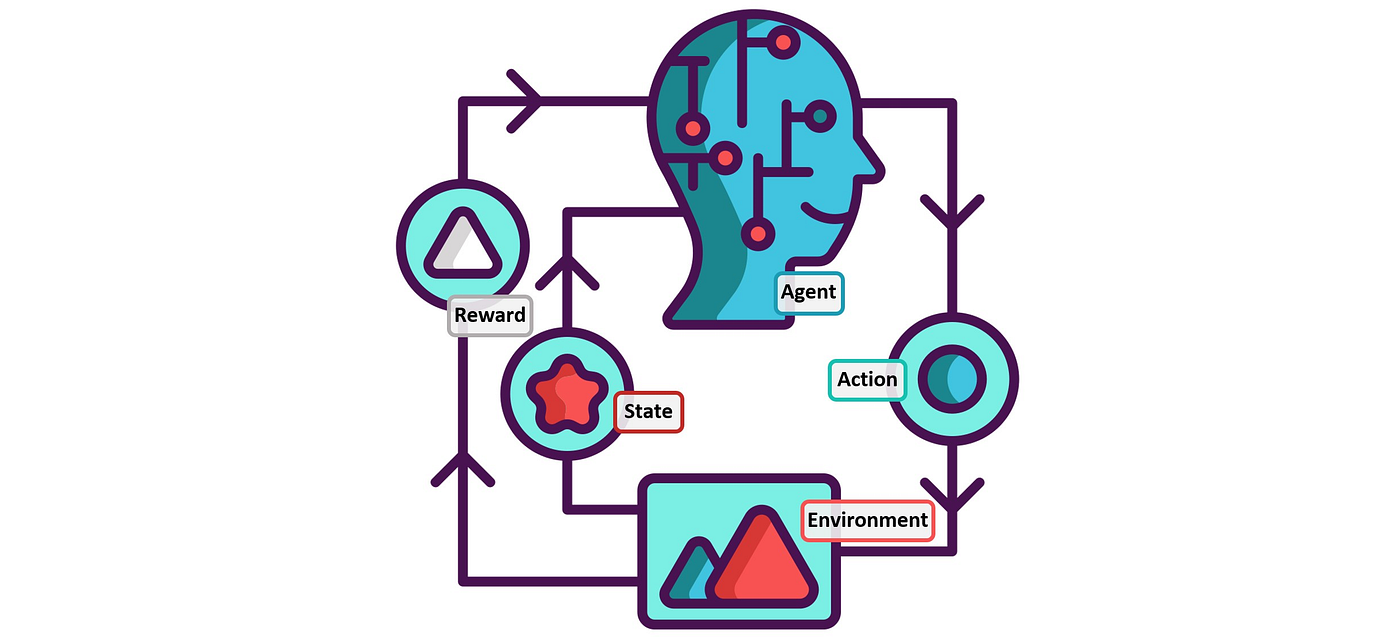
Natural Language Processing (NLP) 🗣️
NLP is a branch of psychology concerned with the comprehension and processing of human language.
Recent advances in natural language processing (NLP) have resulted in considerable gains in domains such as language translation, sentiment analysis, and text production.
This has the potential to promote cross-linguistic and cross-cultural communication and comprehension.
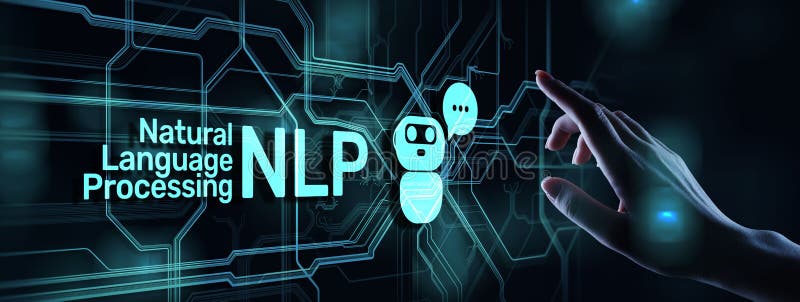
Google's BERT 🤖
BERT (Bidirectional Encoder Representations from Transformers) is a Google-developed pre-trained deep learning model that can recognize the context of words in a phrase. BERT has the potential to be employed in a wide range of Natural Language Processing applications, including sentiment analysis, question answering, and text categorization.
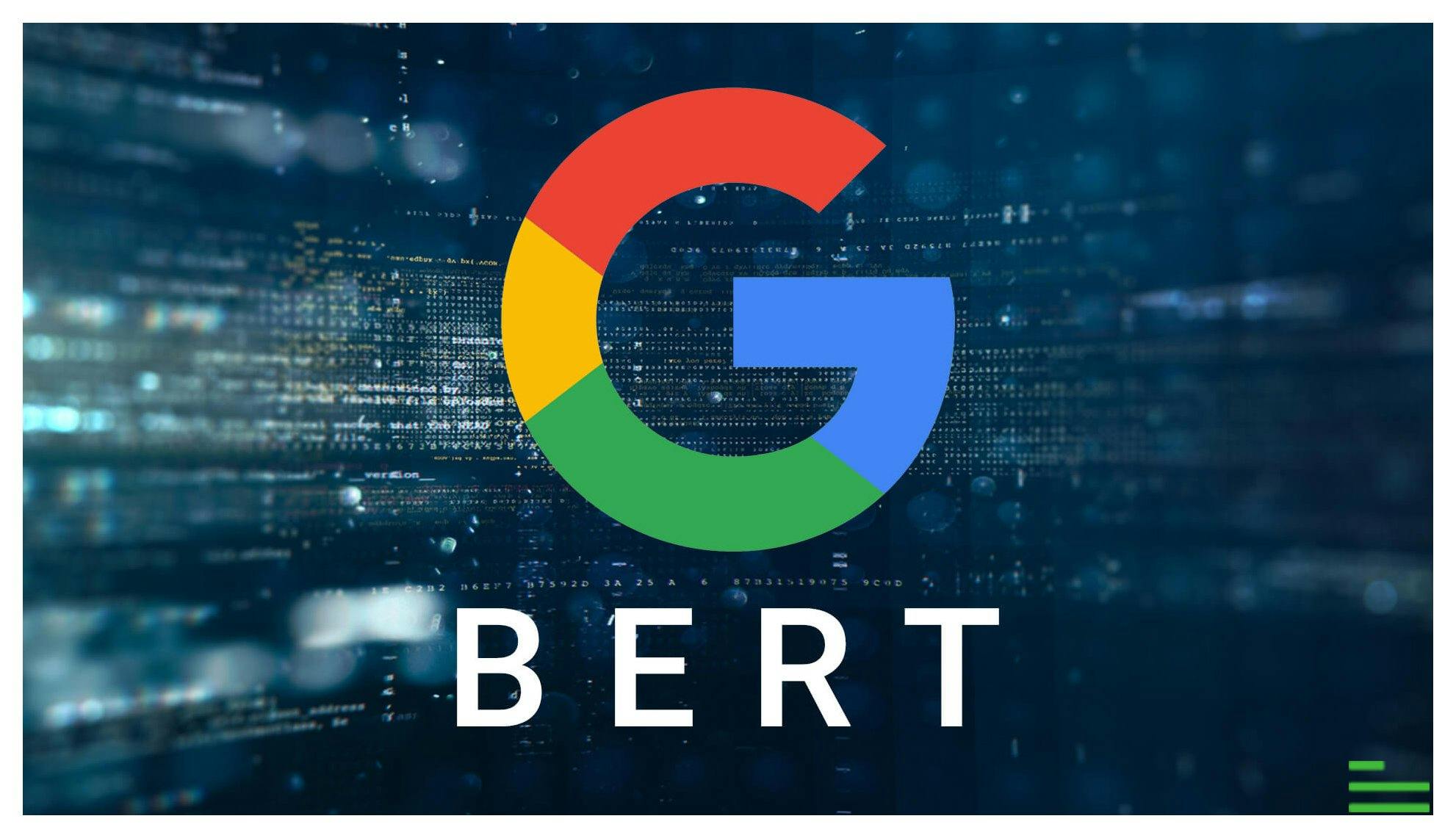
Computer Vision 👁️
Computer Vision is the science of training machines to see and understand visual data.
Recent advances in this discipline have resulted in major advances in areas such as object identification, picture segmentation, and facial recognition.
Computer Vision has the potential to be employed in a wide variety of applications, including self-driving automobiles, security systems, and medical imaging.

Explainable AI (XAI) 🤔
XAI is a subfield in Machine Learning that is concerned with making the inner workings of Machine Learning models visible and comprehensible to people.
This has the potential to boost trust in Machine Learning models and enable more effective decision-making.
XAI has applications in healthcare, banking, and autonomous cars.

Quantum Machine Learning 💻
Quantum Machine Learning is a relatively emerging topic of research that integrates quantum mechanics ideas with machine learning.
Quantum computers can execute computations that traditional computers cannot, which offers up new options for Machine Learning.
Although this is a new topic, potential applications include optimization issues, recommendation systems, and pattern recognition.
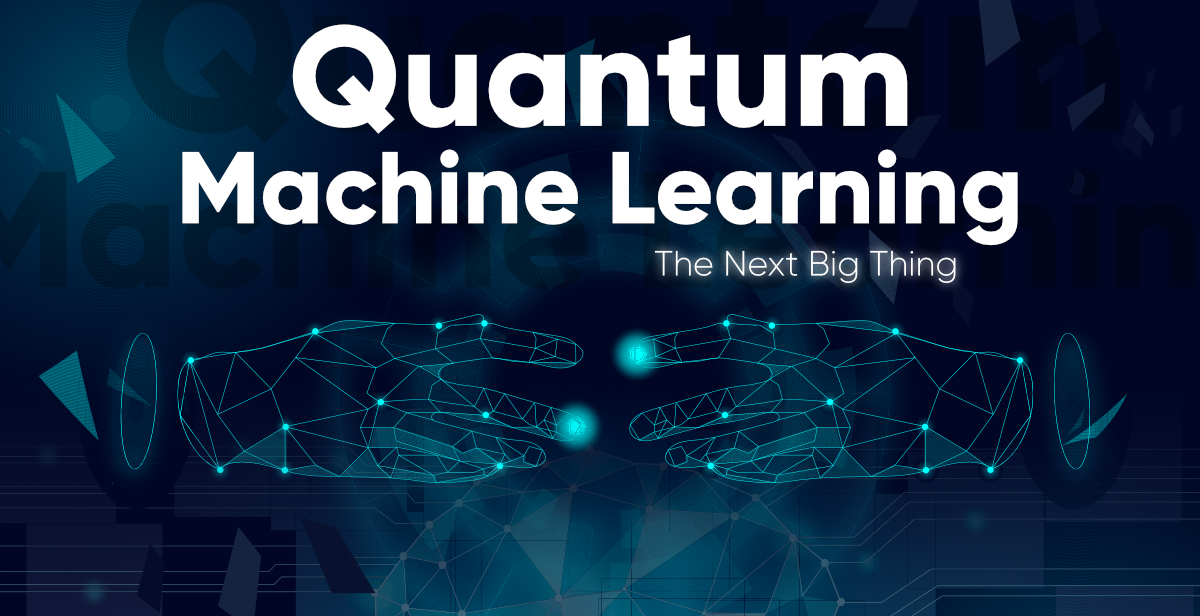
Federated Learning 🤝
Federated Learning is a Machine Learning method that allows several devices to train a common model jointly while the data remains on the individual devices.
Because the data never leaves the device, this has the potential to increase privacy and security.
Federated Learning has several uses, including healthcare, banking, and mobile devices.
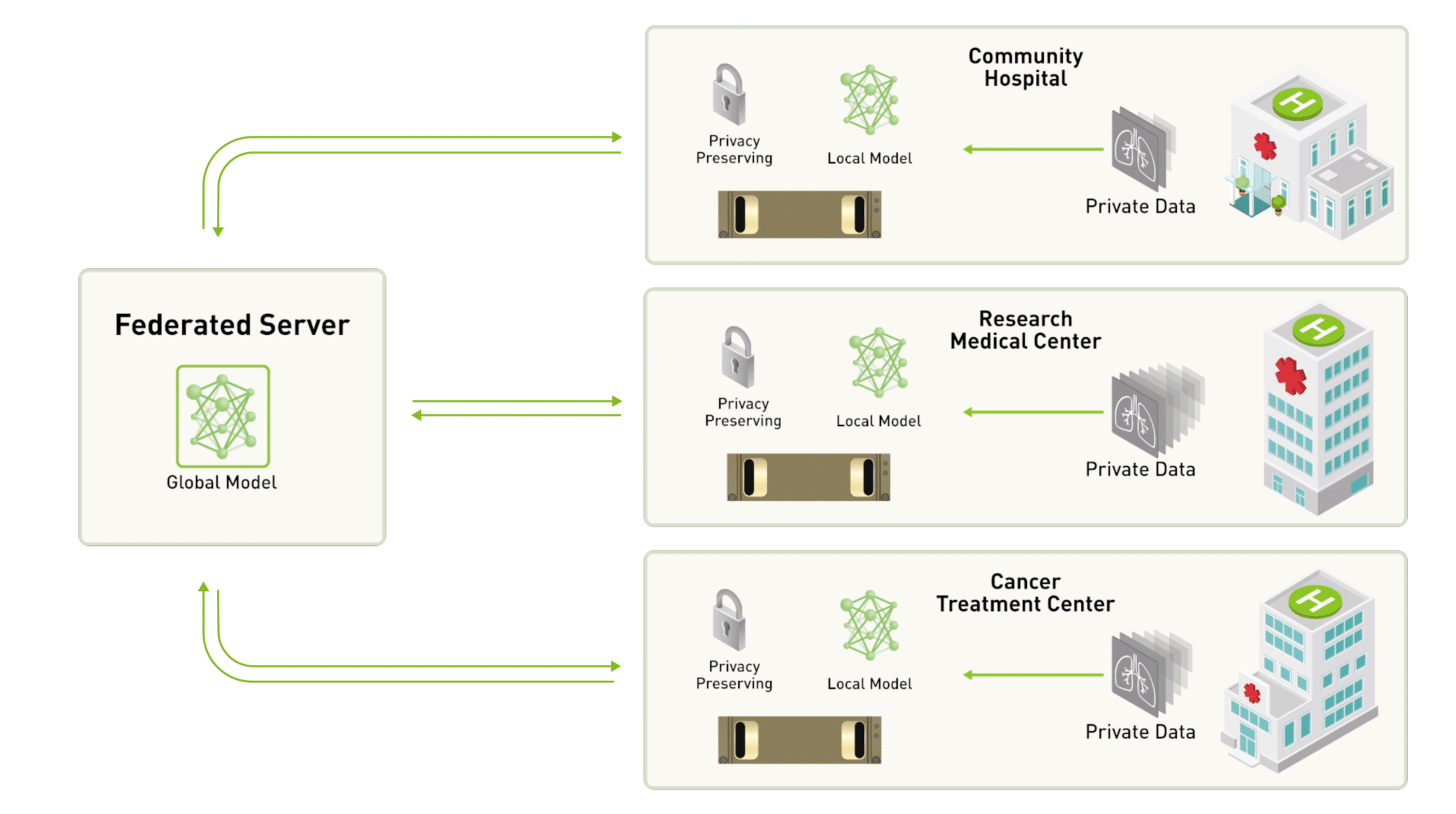
Synthetic Data 🖥️
Machine Learning models create synthetic data, which is artificial data.
This can be used to supplement or replace real-world data that is limited or difficult to get.
Several applications can benefit from synthetic data, including training Machine Learning models, testing and validation, and increasing data privacy.
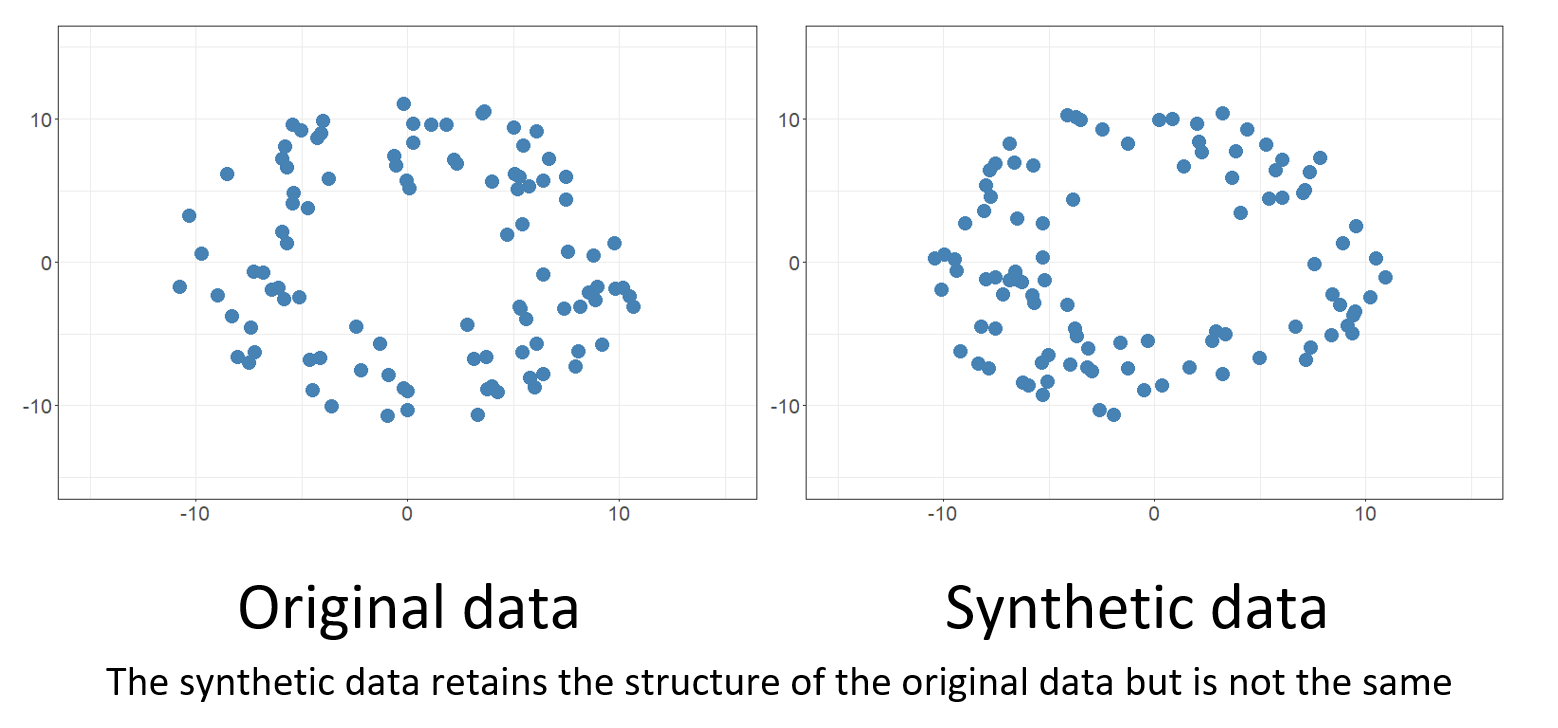
Applications of Machine Learning
Machine Learning has several potential applications in a wide range of industries. Here are a bunch of such examples:
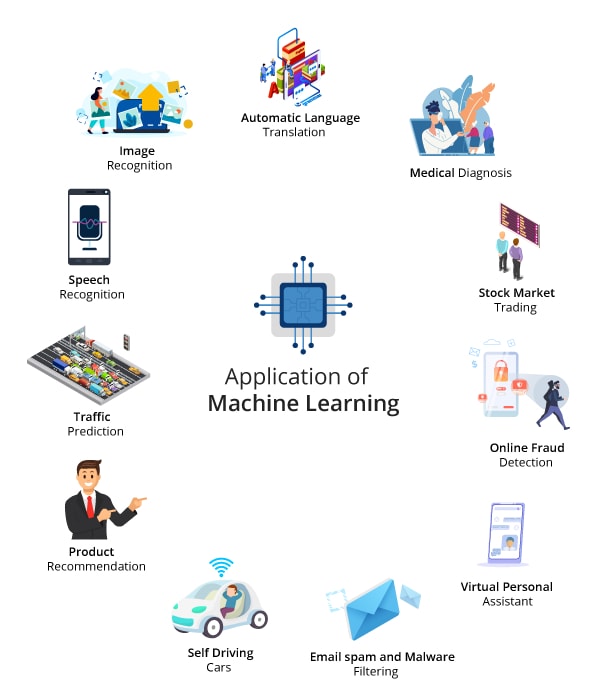
Healthcare 🏥
In healthcare, machine learning may be used to detect diseases, diagnose medical disorders, and improve patient outcomes. It may also be used to create personalized treatment plans and to better allocate healthcare resources.
Finance 💰
In finance, machine learning may be used to assess market patterns, detect fraud, and make investment decisions. It is also useful for creating risk models and optimizing portfolios.
Marketing 📈
In marketing, machine learning may be used to evaluate consumer data, forecast customer behavior, and create tailored advertising campaigns. It may also be utilized to boost client engagement and enhance pricing tactics.
Transportation 🚗
Machine Learning may be applied in transportation to create self-driving automobiles, optimize traffic flow, and increase road safety. It may also be used to create predictive maintenance models as well as to improve logistics and supply chain management.
Environmental Monitoring 🌳
Machine Learning algorithms may be used to monitor the environment by analyzing data from multiple sources such as satellite photos, sensors, and weather stations. They may be used to forecast natural disasters, monitor deforestation, and follow wildlife movement.
Tools for Machine Learning
There are several complex Machine Learning tools accessible, ranging from libraries and frameworks to cloud services and specialized hardware. Here are a handful of such examples:
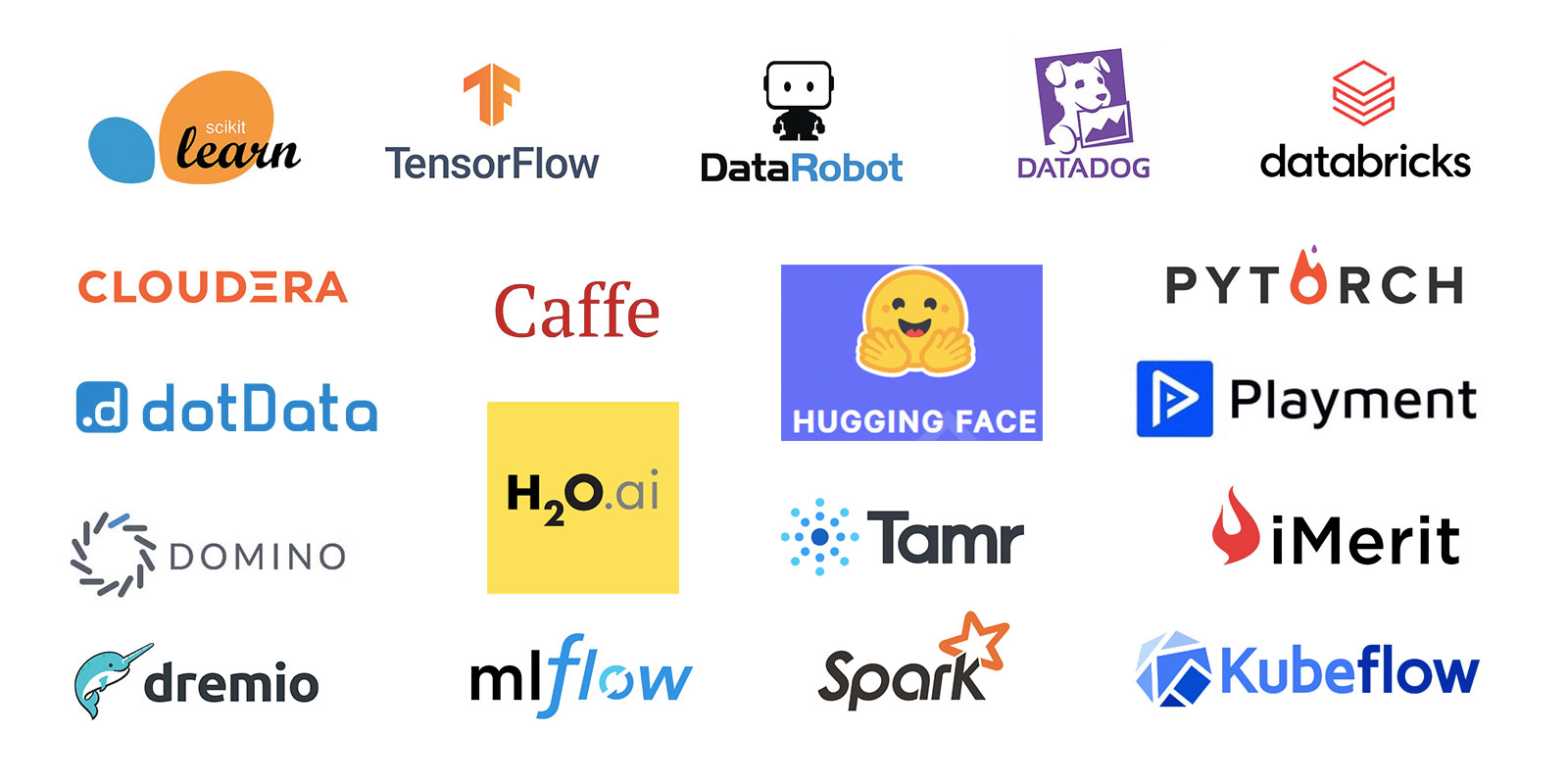
TensorFlow 🤖
Google's TensorFlow is an open-source Machine Learning framework. Developers may use it to create, train, and deploy Machine Learning models for several applications.
PyTorch 🔥
Facebook created PyTorch, an open-source Machine Learning library. It offers a versatile and effective environment for developing and training Machine Learning models.
Scikit-learn 🧠
Scikit-learn is a Python Machine Learning package that provides easy and effective data mining and data analysis capabilities. It comprises several methods for classification, regression, clustering, and other tasks.
AWS Machine Learning 🌩️
Amazon Machine Learning is a cloud-based service that offers a full platform for developing, training, and deploying Machine Learning models. It contains data preparation, training, deployment, and monitoring tools.
NVIDIA GPUs 💻
NVIDIA GPUs are specialized hardware that can speed Machine Learning model training and inference. They are ideal for deep learning applications that demand a high degree of parallelism.
So till now, you understood that Machine Learning is a rapidly evolving technology with the potential to revolutionize many areas of our life. We should leverage it to increase our productivity and ease our lifestyle.
Now let's have a look at some basic terminologies that should be must be known before you start your machine learning journey...
The Basics of Machine Learning
Machine Learning can be classified into three main types:
Supervised Learning, Unsupervised Learning, and Reinforcement Learning.

Supervised Learning
The system learns from labeled data in Supervised Learning, a form of Machine Learning. The algorithm in Supervised Learning is given input-output pairs and learns to map the input to the output. This information is used by the algorithm to create predictions on previously unknown data.
Example: Predicting the price of a property based on parameters like the number of bedrooms, square footage, and location.
Unsupervised Learning
Unsupervised Learning is a subset of Machine Learning that involves algorithm learning from unlabeled data. The method of Unsupervised Learning examines data without prior knowledge of its structure. The system then searches the data for patterns and correlations.
Example: Clustering related items based on their attributes
Reinforcement Learning
Reinforcement Learning is a sort of Machine Learning in which the algorithm learns by being rewarded or punished for its behavior. The algorithm in Reinforcement Learning learns to maximize the rewards it gets while minimizing the penalties.
Example: Teaching a computer program to play a game
Common Terminologies of Machine Learning
Feature:
A feature is an input variable used in Machine Learning algorithms. A feature represents a specific aspect of the data that is used to make predictions.
Example: In a House Price Prediction algorithm, features could include the number of bedrooms, square footage, and location of the house.
Label :
A label is an output variable used in Supervised Learning algorithms. A label represents the desired output for a specific input.
Example: In a House Price Prediction algorithm, the label would be the predicted price of the house.
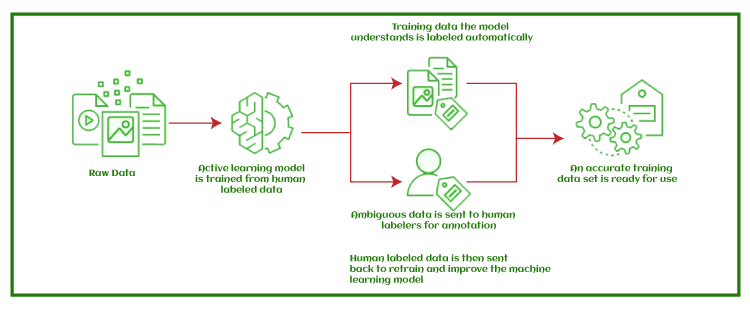
Model :
A model is a mathematical representation of a Machine Learning algorithm. A model is trained on a set of data, and it can be used to make predictions on new data.
Example: In a House Price Prediction algorithm, the model would be the mathematical representation of the algorithm that is trained on a set of house data.
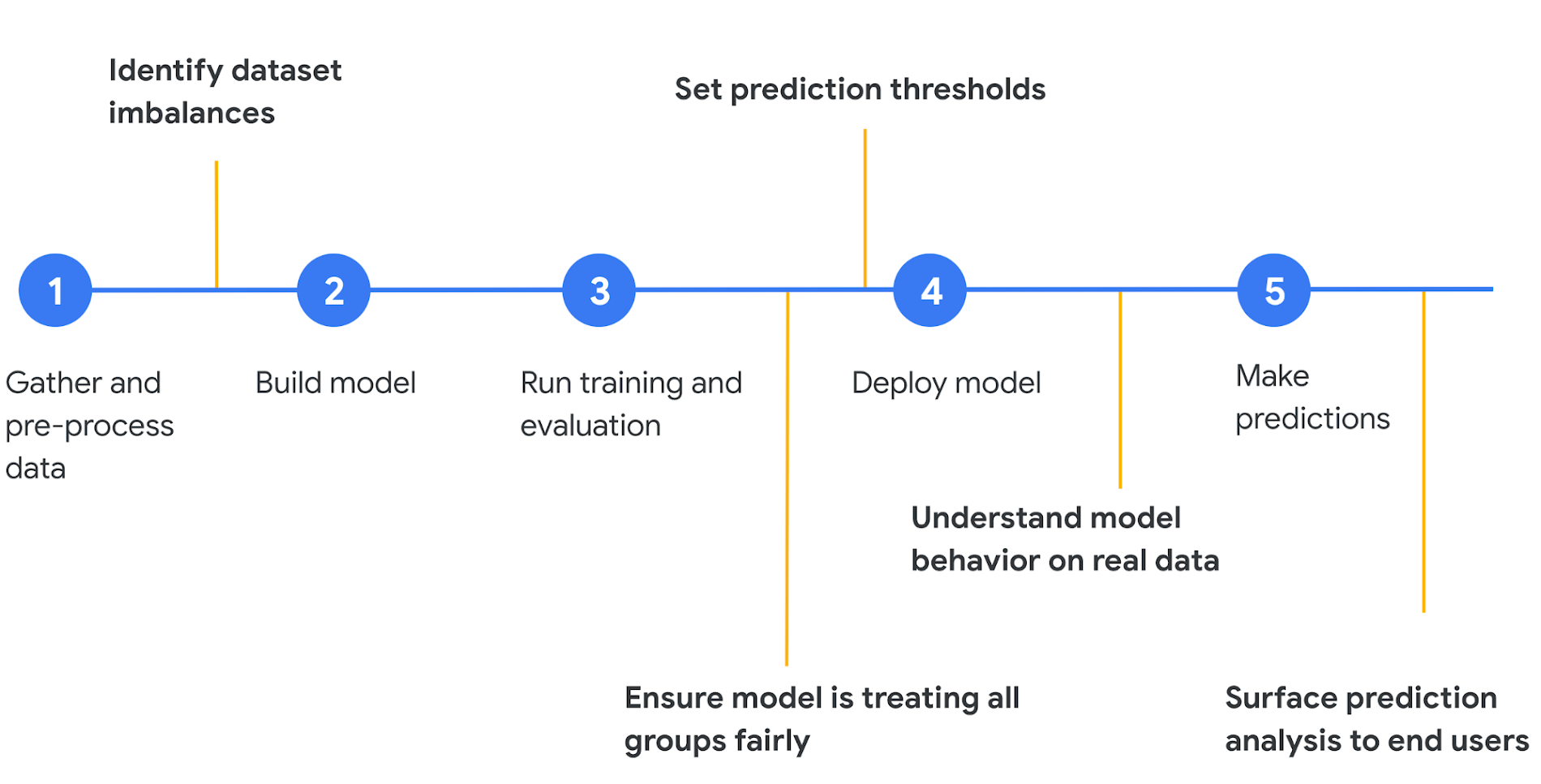
Training Data:
Training Data is the data used to train a Machine Learning algorithm. The algorithm learns from the training data and uses that knowledge to make predictions on new, unseen data.
Example: In a House Price Prediction algorithm, the training data would be a set of house data with labeled prices.
.jpeg)
Testing Data
Testing Data is the data used to test a Machine Learning algorithm. The algorithm is evaluated on the testing data to determine how well it can make predictions.
Example: In a House Price Prediction algorithm, the testing data would be a set of house data with unknown prices.
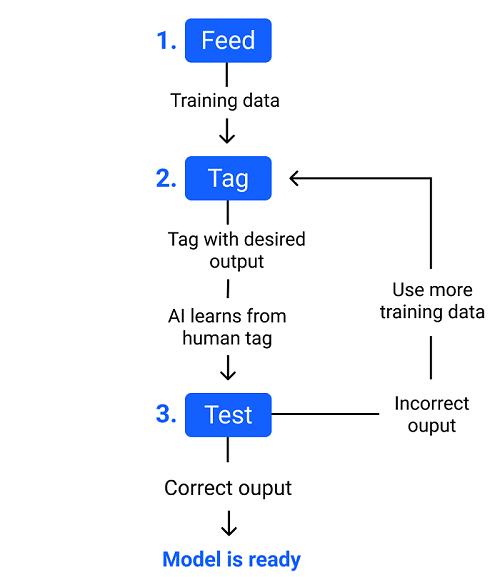
Overfitting:
Overfitting is a phenomenon in which a Machine Learning algorithm is too complex, and it fits the training data too closely. This results in a model that does not generalize well to new data.
Example: In a House Price Prediction algorithm, Overfitting could occur if the model is too complex and is trained on a small amount of data, resulting in the model memorizing the training data and failing to make accurate predictions on new data.
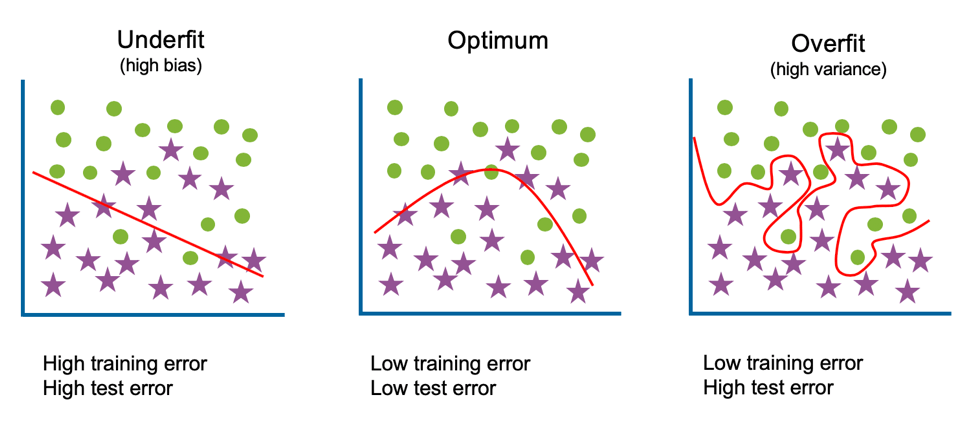
Underfitting:
Underfitting is a phenomenon in which a Machine Learning algorithm is too simple, and fails to capture the underlying patterns in the data. This results in a model that does not perform well on either the training or testing data.
Example: In a House Price Prediction algorithm, Underfitting could occur if the model is too simple and fails to capture the complex relationships between the features and the label.
Hyperparameters:
Hyperparameters are parameters that are set before training a Machine Learning algorithm. These parameters affect the behavior of the algorithm and the performance of the resulting model.
Example: In a House Price Prediction algorithm, hyperparameters could include the learning rate, the number of layers in a neural network, and the regularization parameter.
Regularization:
Regularization is a technique used to prevent overfitting in Machine Learning algorithms. It involves adding a penalty term to the loss function to discourage the model from fitting the training data too closely.
Example: In a House Price Prediction algorithm, regularization could be used to limit the complexity of the model and prevent it from overfitting.
Gradient Descent:
Gradient Descent is an optimization algorithm used to minimize the loss function in Machine Learning. It involves iteratively adjusting the model parameters to minimize the loss function.
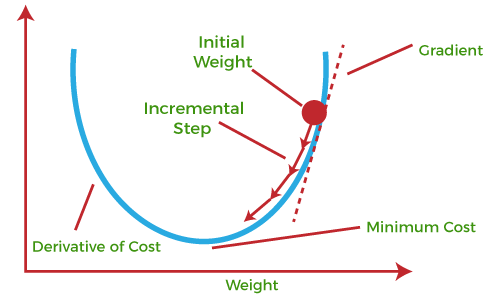
Example: In a House Price Prediction algorithm, Gradient Descent could be used to adjust the weights and biases of a neural network to minimize the mean squared error loss function.
Hope that this would have cleared your basic understanding of Machine learning till now.
I would be publishing the next part of this blog soon!
So stay tuned...
If you find this information helpful then do like, share, and subscribe to my newsletter to get updated whenever I post a new blog.
If you find this information helpful then do like, share, and subscribe to my newsletter to get updated whenever I post a new blog.
Read my other blogs:


